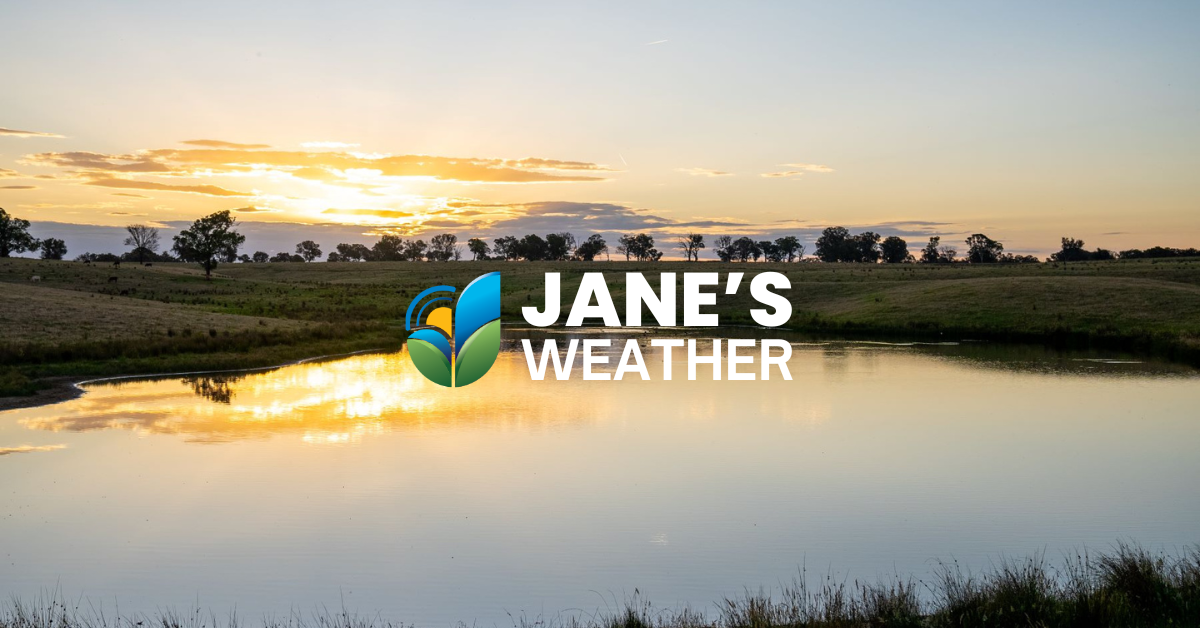Mixed outlook as we head into Christmas
We have a brief burst of heat in the southeast, followed by showers and storms to the east of the trough which brings a cool change.
.png)
A slow moving significant weather system is crossing southeastern Australia, spreading rain to all in its path, but it does come with damage from embedded severe thunderstorms.
This time last week we had all four models showing a significant rain system on the horizon. It was a full week away so there was low confidence at that stage, and I advised that the guidance would jump around as it approached (which it certainly did), but we eventually saw tropical moisture feeding into a cut off low delivering rain to a large part of the southeast.
If you’re looking for rain, today’s weather map should make you smile. High pressure has split in two, and a low is ‘cut off’ from the fast westerlies to the south. The eastern high was angled to let tropical moisture flow down into the southeast, then the low could slowly wander through, turning that into soaking rain.
There are a few other parts to look out for with this one - and the first one sticks out as it’s red - a warm front. These are usually well south of Australia’s mainland so a bit on the rare side for us. These are very helpful in producing rain that affects a large area, because they organise the rain to fall in a huge, wide band. This is just part one.
Part two is the cold front, which produces a skinnier rainband, embedded with thunderstorms - and the energy from this system can make them severe.
Damaging winds (90km/h), large hailstones (>2cm), and heavy rain leading to flash flooding are a possibility directly under a storm. There is so much energy in this one that we can see very isolated supercells (like the one that hit Casterton in western Victoria late on Wednesday), and these are another notch up the danger scale with destructive winds (125km/h), giant hailstones (>5cm) and intense rainfall.
By the rain gauge reset at 9am we had significant rain totals through inland parts of southeastern South Australia (Burra 48mm, Snowtown 44mm, Blyth 43mm, Sedan 43mm, and lots in the 20-30mm range). This extended into Victoria’s inland regions too (Woomelang 58mm, Walpeup 43mm, Annuello 42mm, Canary Island 40mm, and lots in the 20-40mm range).
These falls finally fell in areas that have missed the rain systems so far this year.
The potential for the rest of the day showed the size of this system, from its feed of moisture from the north, right down into heavy falls over the southeast, even right through to the bottom of Tasmania.
Potential rainfall for Friday 18th October, after 7am
Friday is the peak of this weather system, as the low that is driving all this rain and severe storm activity, moves out to sea on Saturday. The coming days are much quieter in comparison - and the humid air disappears too.
Another system is on the horizon for mid to late next week, but it looks much less significant in comparison.
Check the full details at Jane’s Weather to keep up to date on what the models are projecting for your spot. If you’d like an in depth analysis don’t miss my weekly video update - perfect if you have 20 minutes to spare!
Posts By Tag

We have a brief burst of heat in the southeast, followed by showers and storms to the east of the trough which brings a cool change.

We've moved into a phase of weather with limited connection to tropical moisture, an ending Negative Indian Ocean Dipole, and a weak La Nina - so...

The leftover moisture from Cyclone Fina is meeting up with a trough over the centre of the country and it is set to spread significant rain...